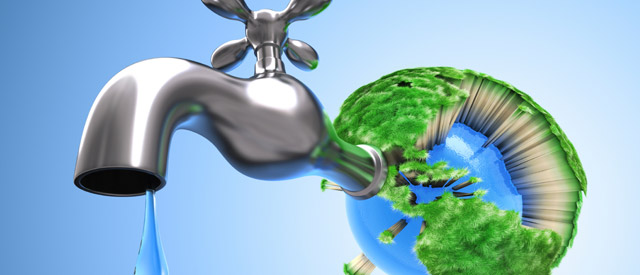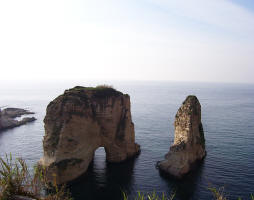 Rediscovering Together the Water Heritage in the Mediterranean
Rediscovering Together the Water Heritage in the Mediterranean
The REMEE Project stems from a joint initiative between 7 Euro-Mediterranean partners(6 associations and 1 public sector organisation) who have worked for many years on the development of natural and cultural heritage in the Mediterranean using a cross-cultural and participative approach.
Four of the project partners tested ideas in an educational project from 2003 to 2005 which was based on the theme of water preservation in the Mediterranean as part of the Mediterranean Network for Exchange in Environmental Education.
This first collaborative project on water in the Mediterranean gave rise to more ideas for greater partnership working on a broader theme and provided the inspiration for the REMEE Project.
The hydrological characteristics of the Mediterranean led societies living there to work together at an early stage to develop values, rules and techniques for the protection and distribution of water resources.
In rural areas, water heritage in the form of foggaras, canals, aqueducts, wells, terraces, etc. attests to efforts to develop agriculture with limited water supplies. The landscape that resulted from these developments such as hillsides of agricultural terraces or the huerta surrounding Valencia is a symbolically important heritage asset. It is also a testament to efforts to secure water resources for industrial purposes such as watermills or to ensure public safety with drainage galleries and dams.
Poetry and literature in the Mediterranean has also been inspired by the more artistic sides of water management. Stories tell of the daily lives of peasants faced with water shortages or threats concerning natural catastrophes.
In urban areas, fountains, Turkish baths and other public baths attest to individual and collective uses once water resources had been harnessed. Water also has a sacred or holy dimension which also inspired remarkable examples of urban architecture such as gardens and places of religious worship, etc.
Today, certain key sites of ancient or religious heritage are protected but many examples of more commonplace heritage built to harness of water resources are under threat. Their survival is also compromised by recent developments in society such as the modernisation of agricultural practices, rural exodus and the diminishing appeal of public facilities.
It is, however, essential to preserve this everyday heritage because it constitutes a living memory of Mediterranean society and its relationship with the environment. It illustrates good practice in water management and can still cater for basic needs of the population today for public baths and wells.
| Project number | n/a | ||
|---|---|---|---|
| Subject(s) | FINANCE-ECONOMY , POLICY-WATER POLICY AND WATER MANAGEMENT , TOURISM - SPORT - HOBBIES | ||
| Acronym | REMEE | ||
| Geographical coverage | Algeria, France, Greece, Morocco, Tunisia, Turkey | ||
| Budget (in €) | 0 | ||
| Programme | EuroMed Heritage IV | ||
| Web site | http://www.remee.eu | ||
| Objectives | Objectives of the project: Promote the safeguard of physical and non-physical vernacular heritage (architectural or landscaped) linked to water management to decision-makers and citizens alike in Europe and the Mediterranean Raise the awareness of the resident population, particularly young people, to the protection and development of this heritage Emphasise the uses and water management practices concerning this heritage Integrate heritage linked to water management in local development projects involving residents and civil society in the territories concerned. | ||
| Period | 01/01/2009 | ||
 you are not logged in
you are not logged in





